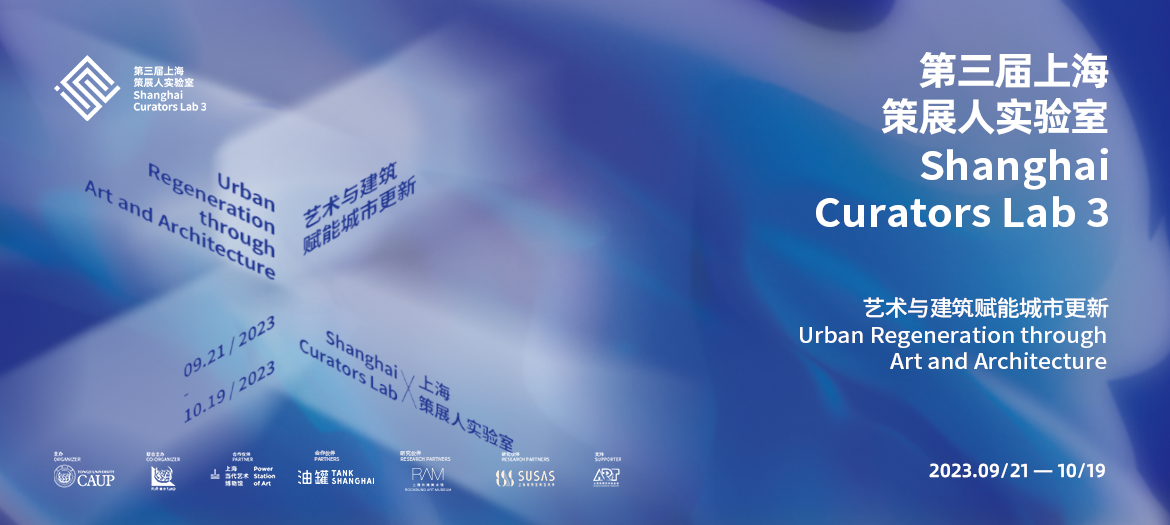
Lu is an art historian, curator, and currently Director of Beijing Inside-Out Art Museum. She holds a Doctorate in art history from University of Melbourne. She was artistic director and senior curator of OCAT, Shenzhen (2012-2015), guest curator at Museion, Bolzano (2013) and China researcher for Asia Art Archive (2005-2007). She has contributed to artist monologues, catalogues as well as art journals, including e-flux journal, frieze, Exhibitionist, Yishu, Flash Art, Contemporary, etc. She was contributing editor for frieze magazine (2008-2018), Chief editor for Chinese edition of Yishu: Journal of Contemporary Chinese Art (2012-2013), co-founder and co-editor of Contemporary Art and Investment magazine (2007-2010). She received Yishu Awards for Critical Writing and Curating on Contemporary Chinese Art (2016).
She was recipient of ARIAH (Association of Research Institute in Art History) East Asia Fellowship (2017) and visiting fellow in Asia-Pacific Fellowship Program at Tate Research Centre (2013). She was co-artistic director of Gwangju Biennale (2012). Since 2021, she is co-artistic director of 8th Yokohama Triennale (2024).
She has acted as a jury member for art awards, including Tokyo Contemporary Art Award (2022-2019), Rolex Mentor and Protégé Arts Initiative (2019), Hugo Boss Asia (2019), Golden Lion Award at Venice Biennale (2011), among others.
The Dilemma for International Exhibitions and Biennales, Triennales
In the process of accelerated globalization in the 1990s, international exhibitions and biennials/triennales constituted an important part of the global contemporary art network. It was one of the consequences of the increasing globalization of the creative industries and its expansion into a global concept. The curatorial model that grew out of these international exhibitions was disseminated among major international biennials and triennales. Cultural studies have become a common approach for curators of contemporary art, especially the curators of international biennials. The aim of cultural studies is to understand all the culture in its complex forms and to analyse the social and political contexts in which culture manifests itself, which appeals to contemporary artists and curators. This approach also significantly broadens the horizons of artistic concerns and practices, providing an access to unfamiliar contexts. In the meantime, cultural studies also provide a space for research/analysis and political criticism, which relies on in-depth and long-term involvement in a certain region, culture and history. The rapid production of global exhibitions has led to the widespread use of theoretical and analytical tools of cultural studies without a deeper exploration of the matter. In the context of postmodernism, people's rejection to lineage and conventions has further intensified the flatness when applying methods of cultural studies to curatorial work. The recognition of region-specific art history and particular backgrounds and histories gives way to the assimilation and engagement with prevailing themes that are universal. Such discussion builds up a superficial connection that seemingly achieves a certain degree of resonance. This has brought to the biennales today the dilemma of being unable to escape their own superficiality and fast-food oriented characteristics featured by collecting exotic artistic practices out of novelty-hunting mind. How to establish deeper and more meaningful connections becomes an unavoidable issue facing contemporary art practitioners at the new historical stage.

